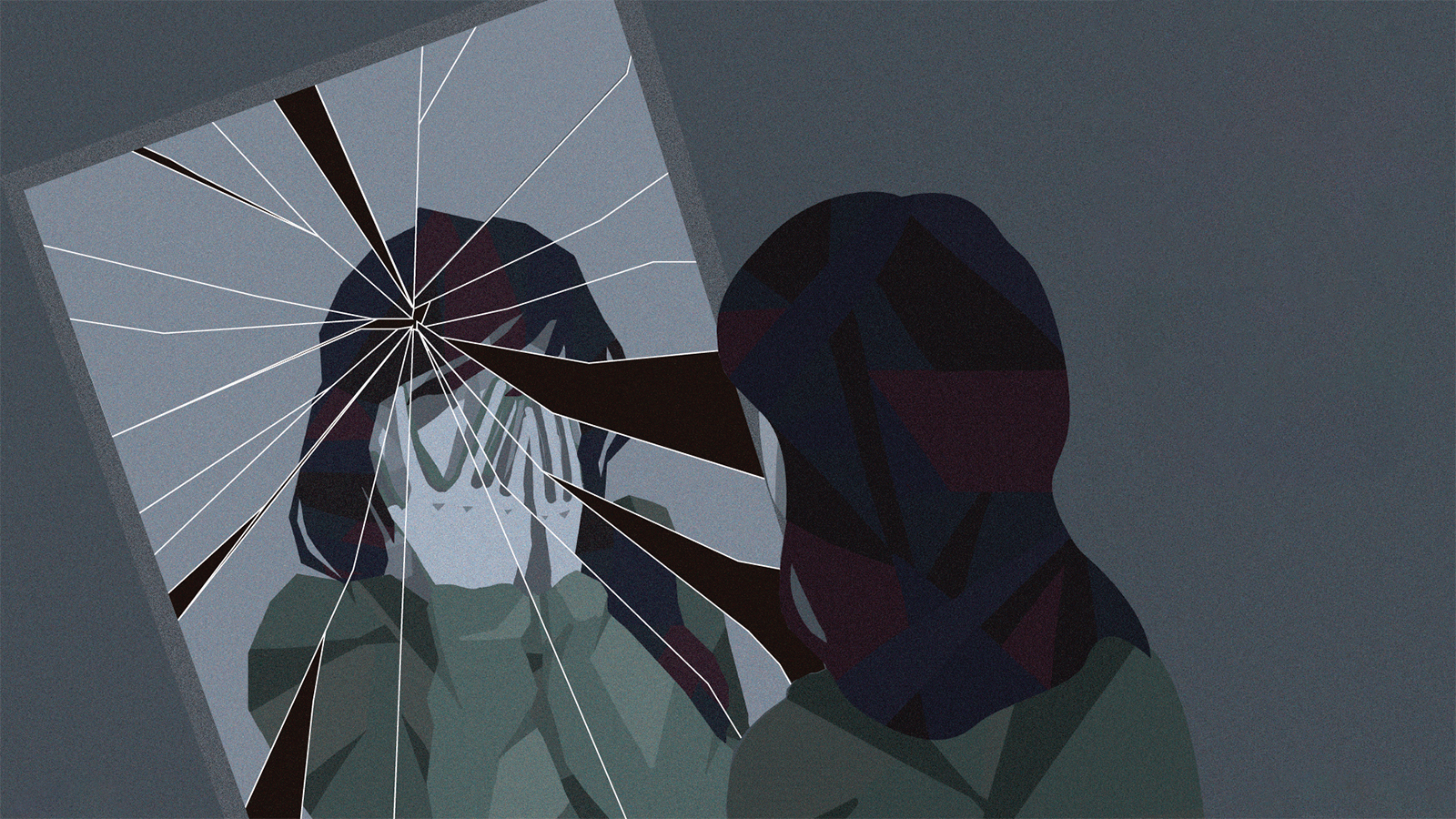Depression, Anxiety Up Among College First-Years
Posted on March 4, 2021
The study is unique among the growing number of reports about COVID-19’s mental health toll: Researchers were able to follow the same group of first-year college students before and after the pandemic began and ask them about a broad range of stressors. (Illustration by Haley Hodges ’19)
First-year college students are reporting symptoms of depression and anxiety significantly more often than they were before the coronavirus pandemic, according to a Carolina study.
The study is based on the experiences of 419 Carolina students and reflects the challenge faced by colleges nationwide to support student well-being. Researchers from the Carolina Population Center and the School of Medicine published the study findings on March 3 in the online medical journal PLoS Medicine.
The study is unique among the growing number of reports about COVID-19’s mental health toll: Researchers were able to follow the same group of first-year college students before and after the pandemic began and ask them about a broad range of stressors.
“First-year college students seem to be particularly struggling with social isolation and adapting to distanced learning,” said lead study author Jane Fruehwirth, a UNC associate professor of economics and a faculty fellow at the population center.
Using survey data, researchers found the prevalence of moderate to severe anxiety in first-year college students increased 40 percent, to 25.3 percent within four months after the pandemic began from 18.1 percent before the pandemic; and the prevalence of moderate to severe depression in first-years increased 48 percent, to 31.7 percent from 21.5 percent.
Hardest hit by depression were Black students, whose incidence of depression grew 89 percent. Depression and anxiety increased dramatically among students who identify with sexual and gender minority groups.
For Hispanics, feelings of social isolation declined to 17.1 percent from 24.2 percent as these students left the University and returned to their homes; for first-generation college students, those fell to 27.4 percent from 35.3 percent.
The study, conducted from October 2019 to July 2020, showed students’ mental health struggles were associated with distanced learning and social isolation more so than other stressors, such as work reduction or worries about coronavirus infecting them or their family or friends.
Fruehwirth said the results speak to the difficulties colleges face as they determine how to best help students who are relying on remote instruction during the pandemic.
One way colleges can help first-year students is by developing creative solutions to help them feel less socially isolated. Another is helping them succeed as remote learners.
“The study underscores the importance of instructors to understand the toll this is taking on students and to know how important their efforts can be in finding ways to support those who are struggling,” Fruehwirth said.
On-campus services, such as Counseling and Psychological Services, offer therapy and mental health workshops, peer support and crisis services. The CAPS Multicultural Health Program is designed to meet the mental health needs of Black, indigenous and students of color.
“Even prior to the pandemic, colleges were struggling to find ways to deal with a growing mental health crisis on their campuses,” Fruehwirth said. “Now with all the pressures of the pandemic, resources are even tighter, yet the mental health needs of students are growing. This problem isn’t going to just go away, and it is important that we address this before students reach a crisis stage.”
More:
• Shades of Gray
Student mental health is a deepening problem. The University is taking a comprehensive approach to help, but its limitations often collide with personal crises. January/February 2021 Carolina Alumni Review
• An Introvert’s Questions About Students and Depression
July/August 2020 Carolina Alumni Review
